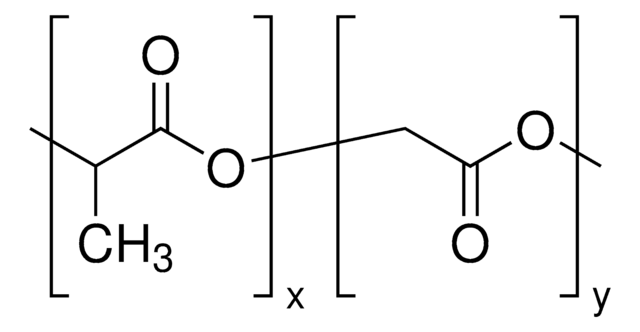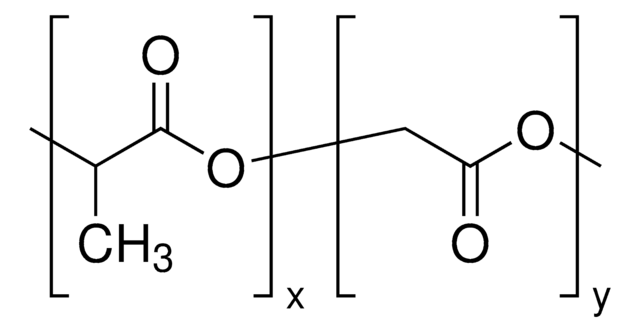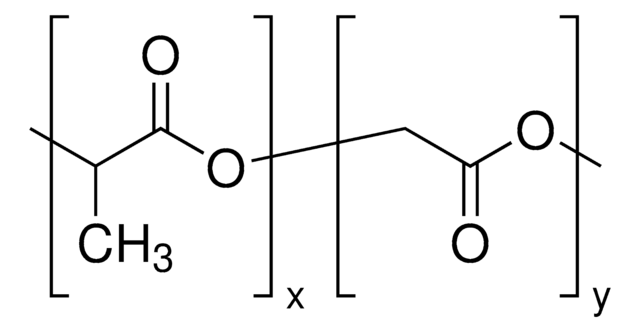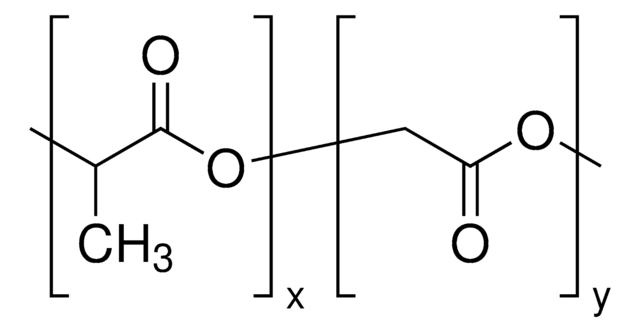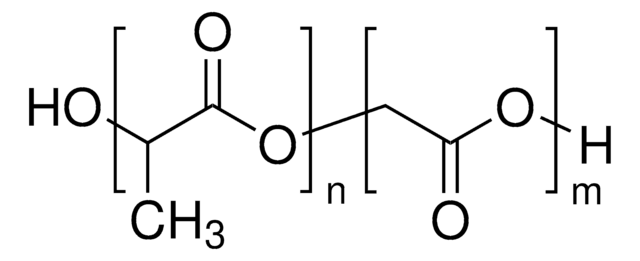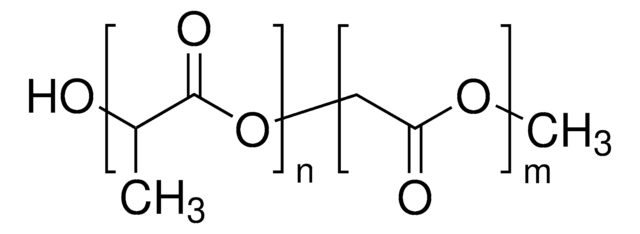Q1: The molecular weight range of 7000-17000 is a specification range, and the exact molecular weight is determined on a lot-to-lot basis, as listed on the Certificate of Analysis.
Q2: The number of COOH groups per molecule is not tested. The acid value, which can be referenced, has a specification range of ≥ 6.0 mg KOH/g.
Q3: This product is Poly(D,L-lactide-co-glycolide), where "-co-" indicates an unspecified arrangement. Information on block design is not available, and there is no Poly(D,L-lactide-ran-glycolide) or Poly(D,L-lactide-alt-glycolide) available.

